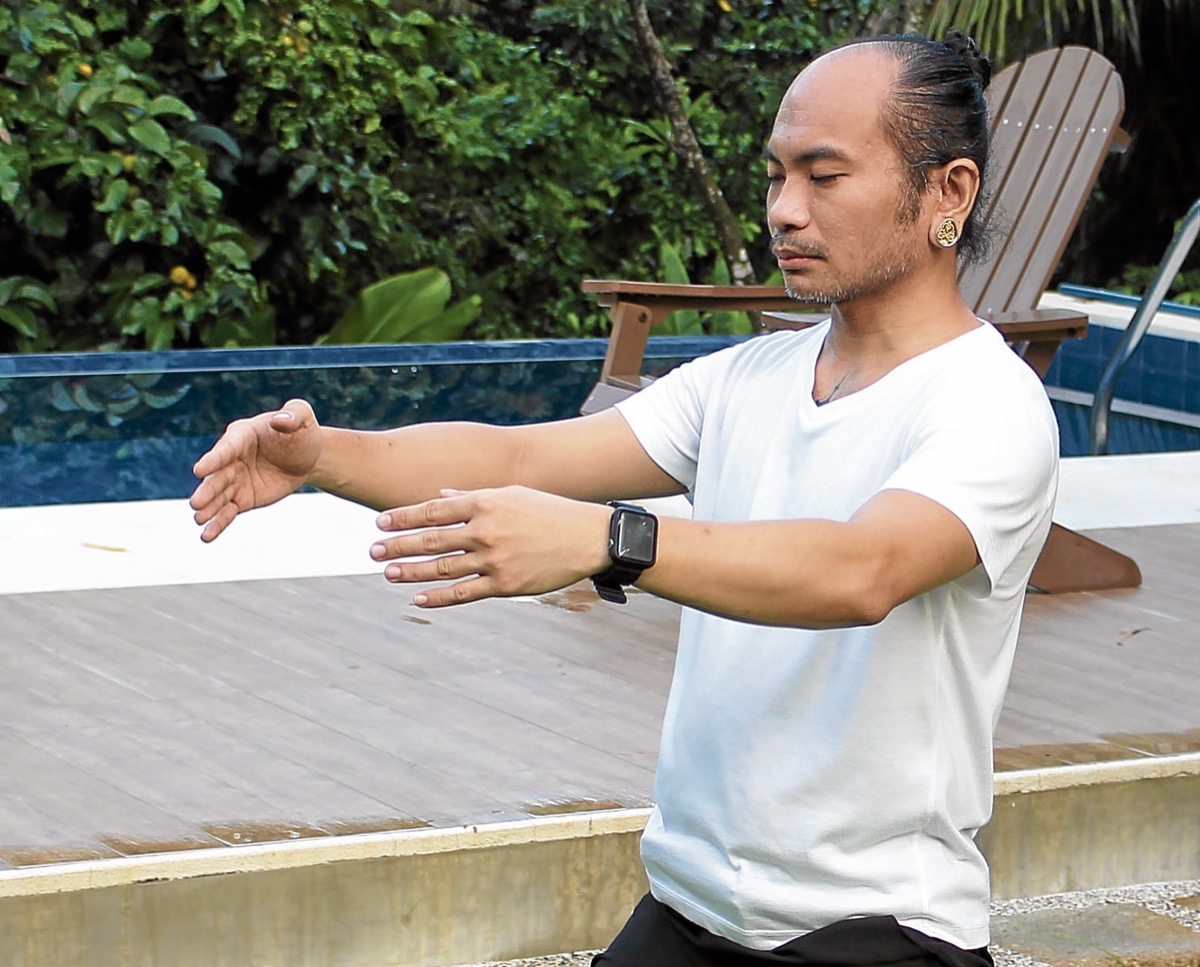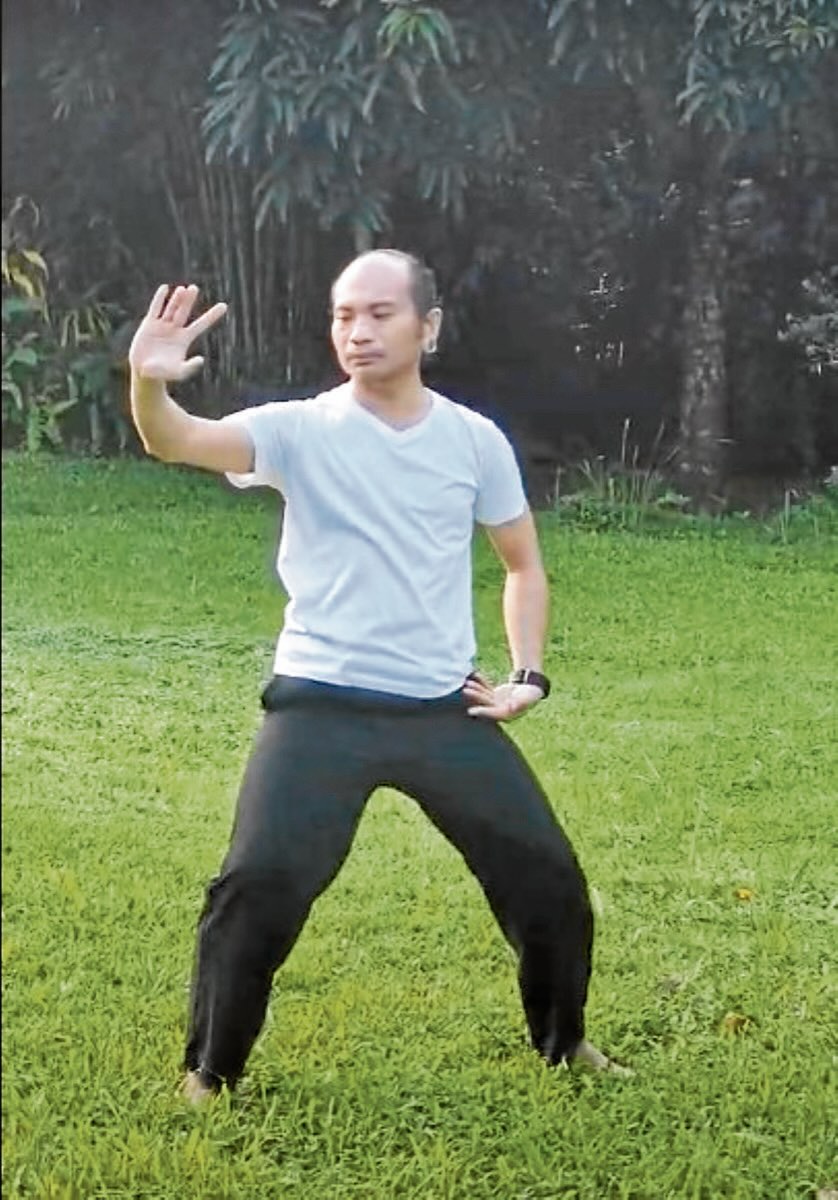How 5 minutes of daily tai chi healed me
- In this gentle form of exercise, patience is key to enjoying its health benefits

Tai chi, a gentle form of exercise often described as “meditation in motion,” may also be called “medication in motion,” according to Harvard Health Publishing, as growing evidence shows it can help treat or prevent various health problems.
My own experience led me to believe in tai chi’s healing benefits. In March 2020, I felt an excruciating pain after overdoing a stretch exercise for the back. There was pain from the left side of my lower back to my left shoulder and all the way to my left hand’s fingertips. It was so intense that I couldn’t sleep well at night. I consulted an orthopedic doctor, whose initial finding was muscle strain. He then prescribed a pain reliever and advised me to undergo physical therapy or rehab. A day or two later, a lockdown was imposed in Metro Manila and other parts of the country as a response to the COVID-19 pandemic.
I then researched online for home remedies and came across tai chi, which was not totally new to me as I had tried it several years back. I started following the instructional video titled “Tai Chi 5 Minutes a Day Module 01.” The routine involved simple and stress-free movements of the hands, arms, legs and feet that connected with breathing. It was like reintroducing movement to the affected parts of my body. After just a few daily sessions, I felt comfort in my left side as the pain slowly eased. When I sensed the readiness of my body, I moved on to the next module until I reached the fifth and last installment toward my full recovery.

Rewarding results
“This is common especially for longtime practitioners,” says tai chi teacher Jeff Kristoffer Lualhati. “It does take time, patience and consistency, but the results will always be rewarding, as you can attest to. My students can see the benefits of tai chi in their daily lives—from being able to do chores with ease to effectively managing their golf swings.”
He adds, “There’s a wide array of benefits depending on your focus and your lifestyle, too. Tai chi can adapt and improve on these without you knowing it. You’ll be surprised how it aids you in your daily activities.” Lualhati says he started practicing the Chen style of tai chi in 2008, along with another form of meditative movement, qigong. “Although similar in movement, the two practices have different roots, but both are related to Chinese medicine. Tai chi or taijiquan has its roots from Chinese martial arts, while qigong already started out as a healing practice from Ancient China. While they are different, they can be related to each other due to the similar breathing practice and philosophy.”
He goes on recalling that his interest in tai chi and qigong stemmed from his love for martial arts, beginning with aikido and then focusing on Lightning scientific arnis. From his arnis master Jon Escudero, he met his eventual tai chi and qigong teacher, Karl Go. He considers both of them as influential in his growth as a martial artist and, later on, in honing his skills in teaching and sharing the disciplines.
Learning to quiet down
“Both tai chi and qigong have been beneficial in all my succeeding physical activities and even in my emotional well-being,” he says. “Tai chi helped me become more aware with my body and to properly use my breathing efficiently. This translated to when I was doing ultramarathons back in the day and even now as an aerialist. At the same time, these two have also helped me keep in

















